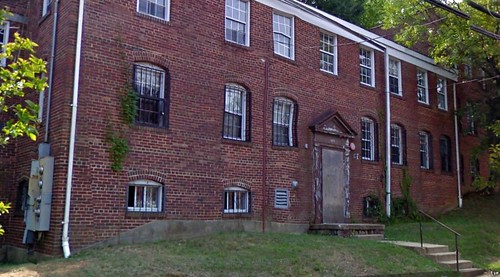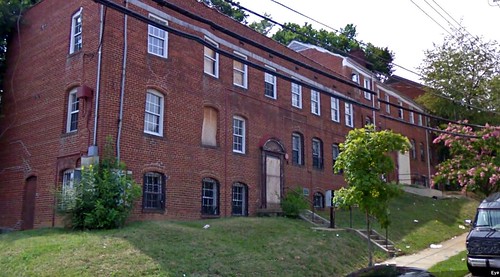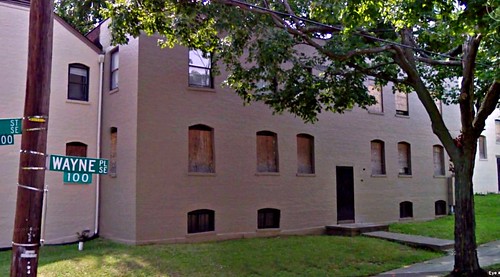Moving off welfare by rehabbing vacant properties for homes, job skills

Posted September 13, 2011 at 1:23PM
Washington, DC has a new program that allows homeless families to create “sweat equity” by helping rehab vacant properties, where they may then live for up to two rent-controlled years. Theresa Vargas writes in The Washington Post:
“There are . . . about 858 homeless families in Washington and 70 vacant city-owned buildings, more than half in Southeast.
“In February, [DC Human Services official David] Ross got orders to make the program happen. By May, [participant Neapolean] Granderson and 13 other participants were sitting in a classroom, learning how to read blueprints. Now, stop by two buildings on Wayne Place SE any day of the week and there they are in yellow vests, tearing down walls, hauling bricks and seeing past the rubble of what was and imagining what might be.”
The city is hoping to wean participants off its Temporary Assistance for Needy Families program, which is scheduled to sunset in 2015, and move into the paying workforce. Vargas writes that they work the maximum number of hours that their benefits allow, and are paid by city contractors responsible for the vacant properties’ rehab. To help participants build up savings, a portion of their pay, and later their rent, will go into a special account.
Some 17,000 families are currently enrolled in the TANF program. In addition to the Department of Human Services, government and organizational partners working to make the sweat equity program successful include the Department of Employment Services, the Department of Real Estate Services, the United Planning Organization, the Community Partnership for the Prevention of Homelessness and Capital Area Asset Builders.
I recommend Vargas’s article, especially for its presentation of the human side of these issues (homelessness, underemployment, welfare, and vacant properties). All the images in this post are from Wayne Place, cited in Vargas's article. Although the short street in one of Washington's poorest neighborhooods has been plagued with empty and deteriorating buildings, it’s the kind of street that probably was a nice place to live at one time and could become so again.
Some readers may wonder why this is showing up in an environmental blog. But the unfortunate truth is that both vacant properties and distressed populations inhibit cities from reaching their potential as agents of sustainability. The more we can do to address both issues, the better for the urban environment. If we can address them together in the same initiative, and help people in the process, we have a real winner.
Move your cursor over the images for credit information.


